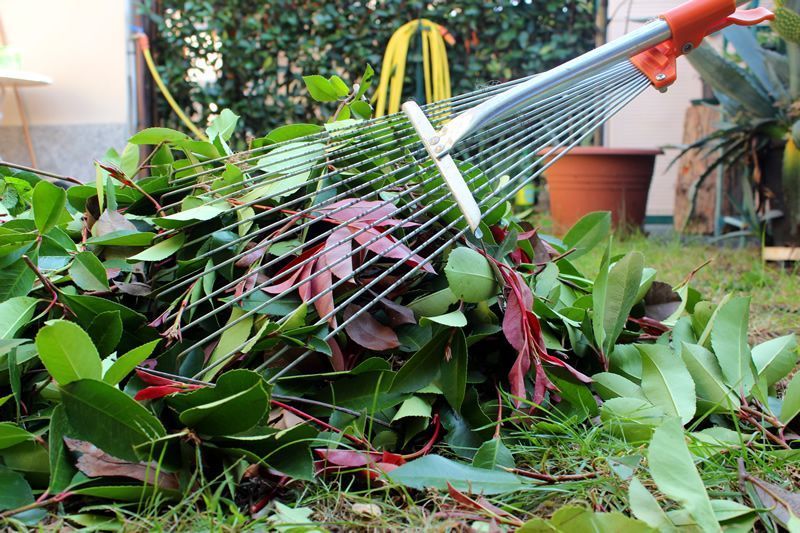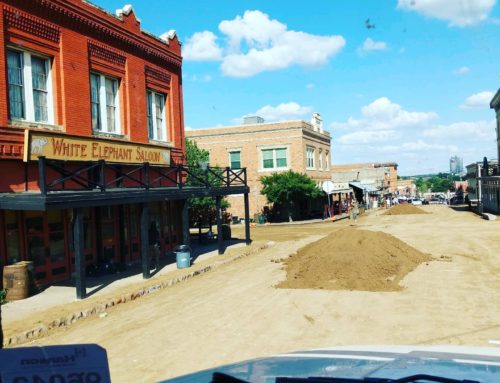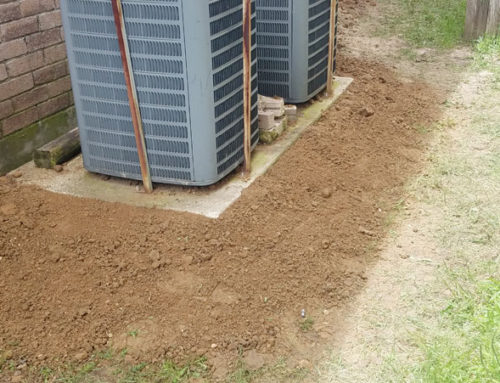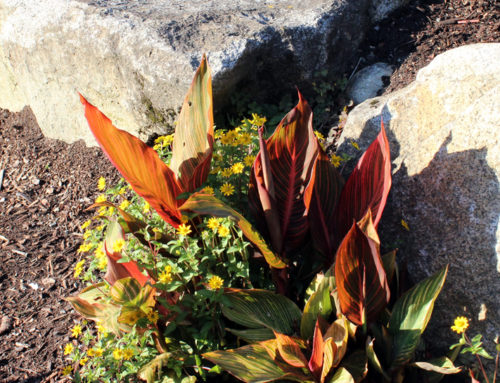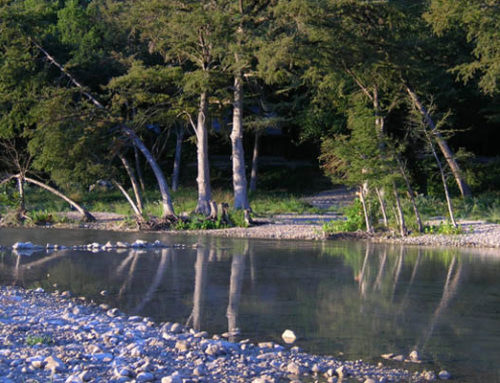Assessing the Plants
Now that the temperature is cooling down and we are settling into fall, it’s generally a good time to consider what you want your yard to look like next year. The month of November is a great time to take a walk through your garden to assess how everything looks. Make notes on what you see and what you’d like to change. Decide what plants are overgrown that need to be thinned out and which plants are looking rough that should be trimmed. Some plants may even need to be pulled entirely if they look like they have bloomed their last blooms.
Preparing Your Lawn
There are four important aspects to lawn maintenance during the fall season that will help your yard come back lush in the spring.
- Fertilization in the fall is critical– during this season your plants are building reserves to maintain their future health. determines the quality of next summer’s lawn. Nitrogen and Potassium are essential parts of this process.
- Aeration reduces soil compaction, excessive thatch, and provides a top dressing for the lawn. By breaking up compaction and removing excess thatch, the infiltration of fertilizer nutrients, sunlight and air down into the soil is greatly improved.
- For the final mowing of the year, lower your mowing height to one half inch below the standard summer mowing height. This will help the foliage prepare for winter and avoid damage from disease.
- Raking leaves and debris is critical. Large quantities of heavy debris will not break down quickly, and so will damage the lawn by suffocating it, and by giving a moist home to damaging disease organisms.
Planting for Next Season
Turfgrass, spring-blooming bulbs, cool-season vegetables, perennials, trees, and shrubs can all be effectively planted in the fall. Here are a few specific tips:
- Roses – If you would like roses next year, now is the time to plant them so they can get a good root system established during this cool season.
- Trees and shrubs – November and early December are the best times to plant trees and shrubs in Texas. The soil is still warm and this encourages new root growth and the cool weather enables them to go dormant which reduces stress.
- Bulbs – Bulbs should be planted as soon as the ground is cool, this would be around the time of the first frosts, when evening temperatures average between 40° to 50° F.
And check out our Pinterest for Tips on planting a winter garden.


